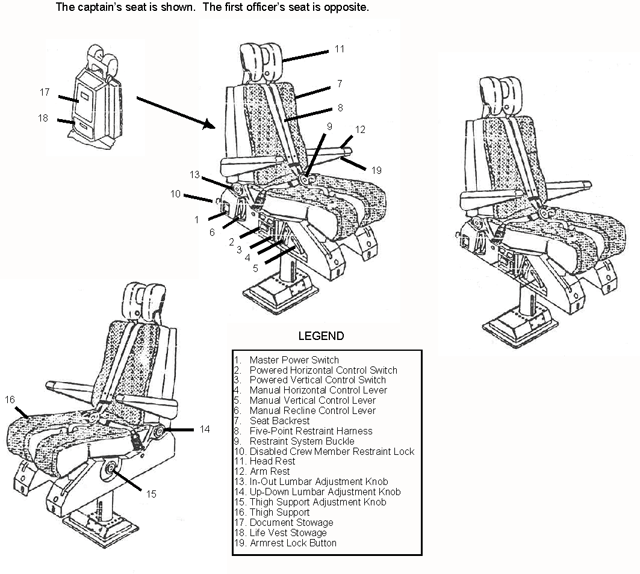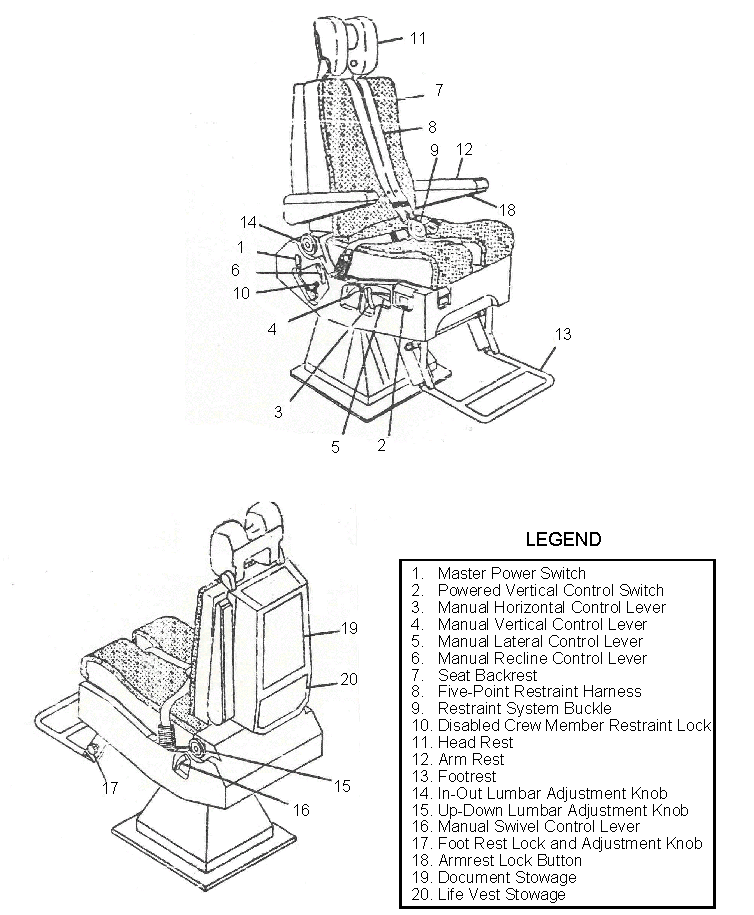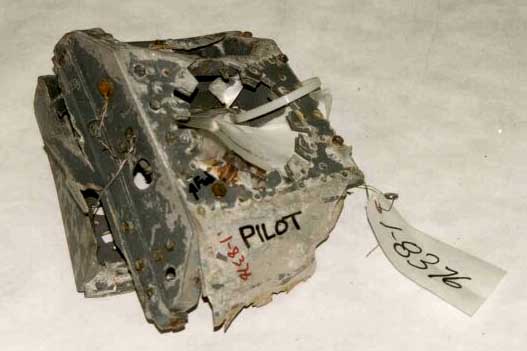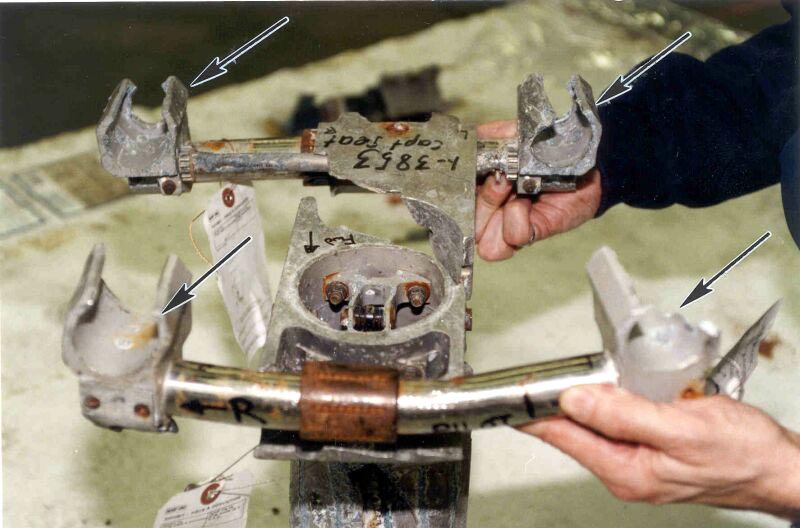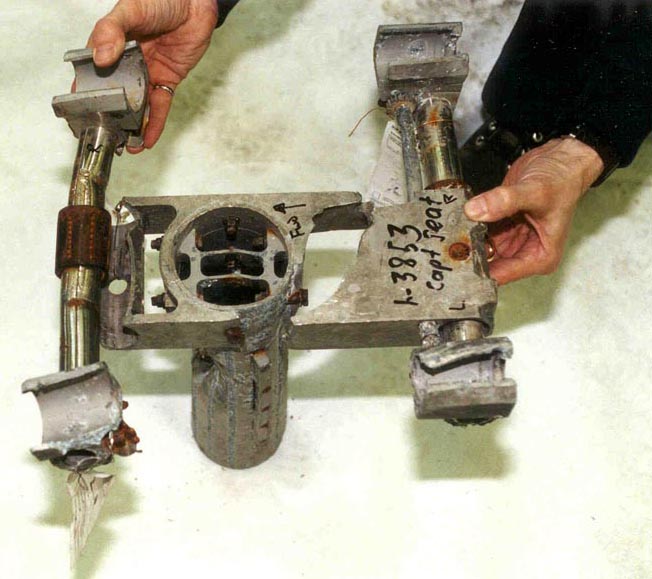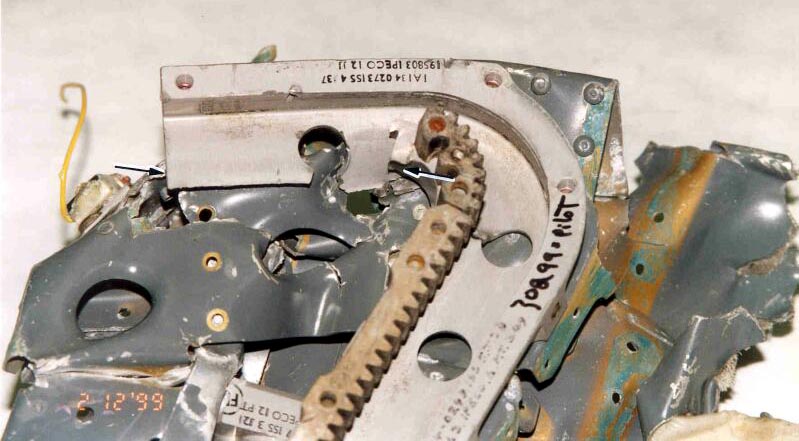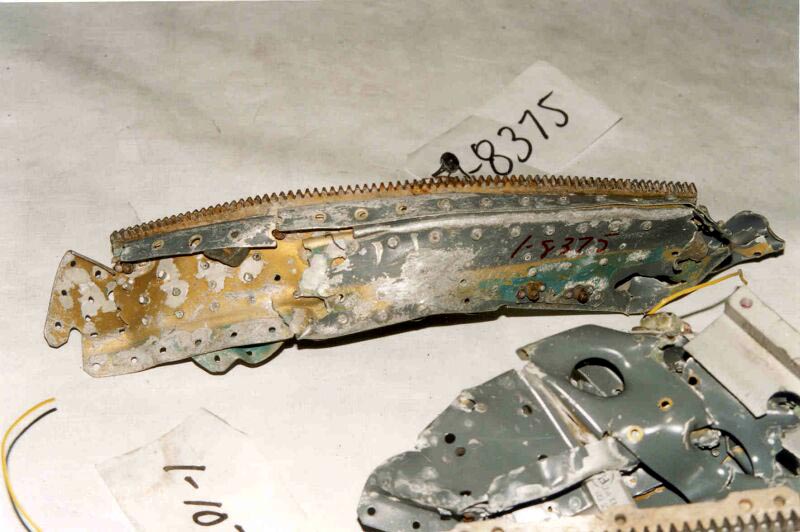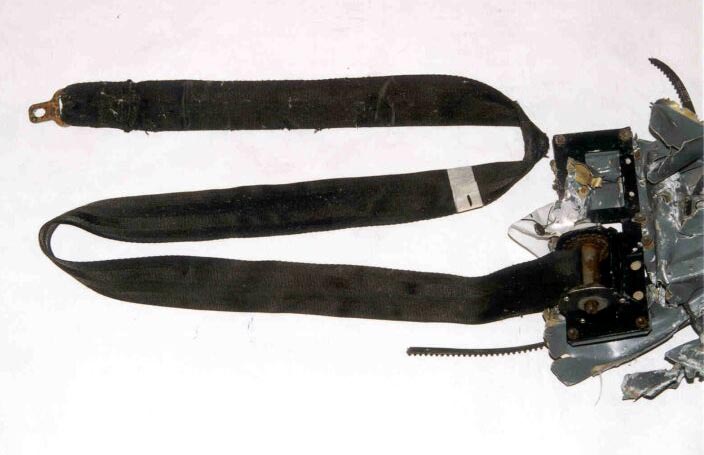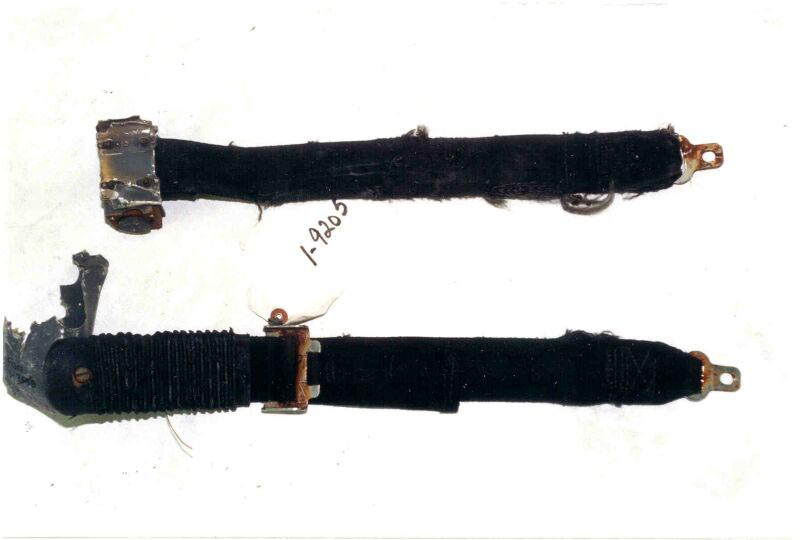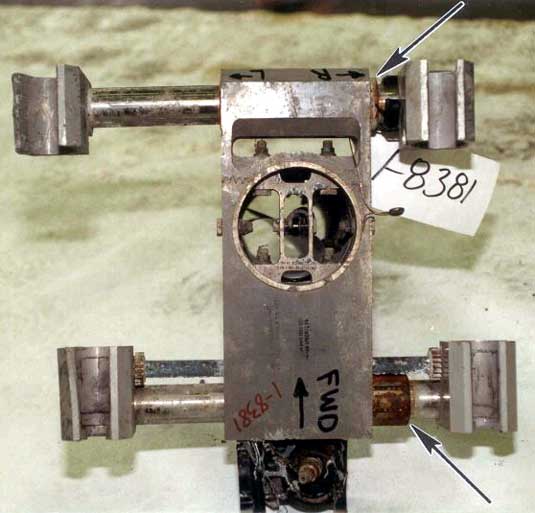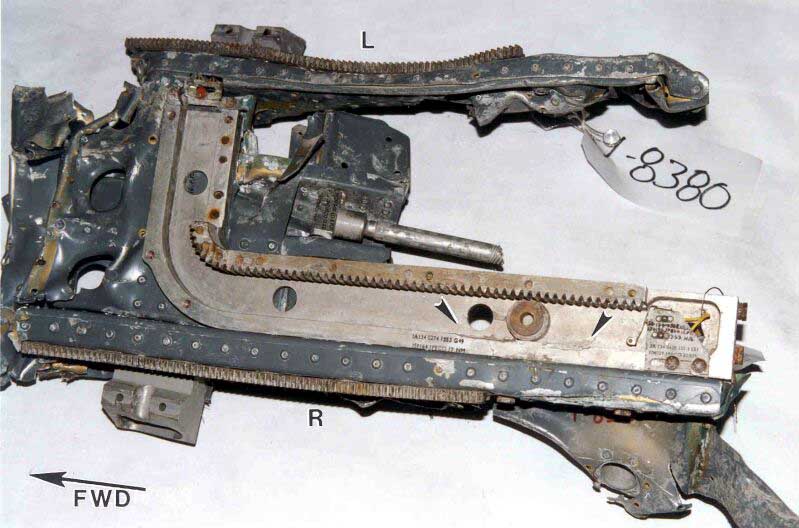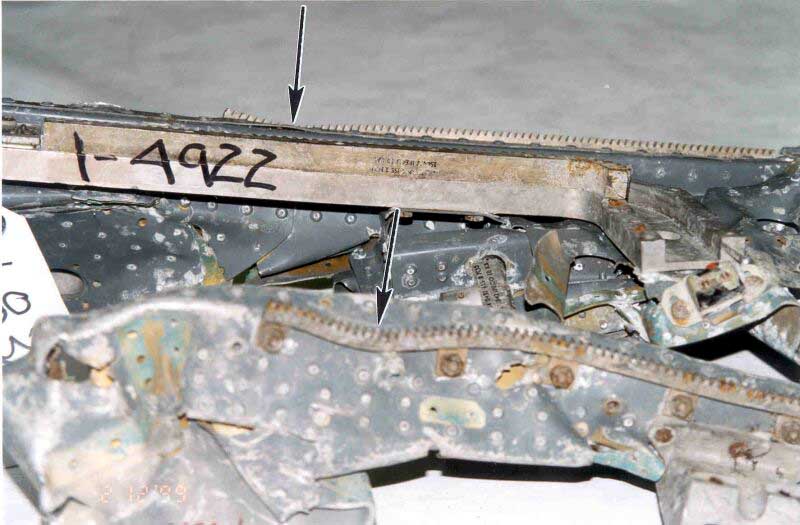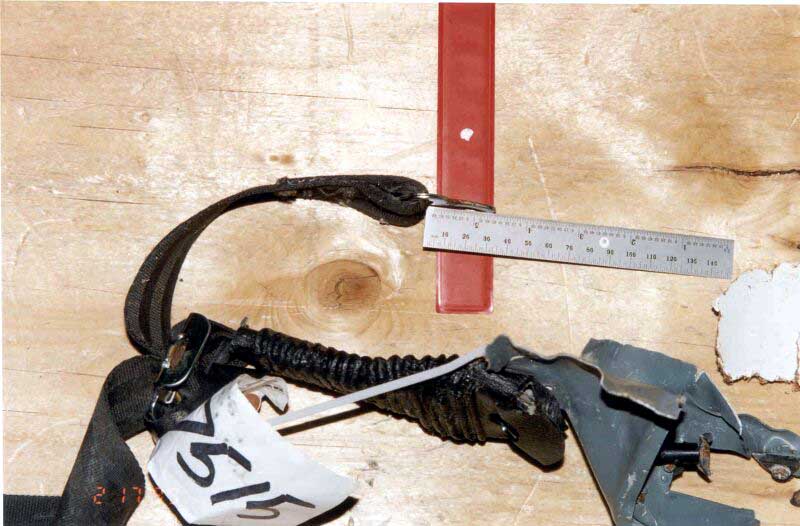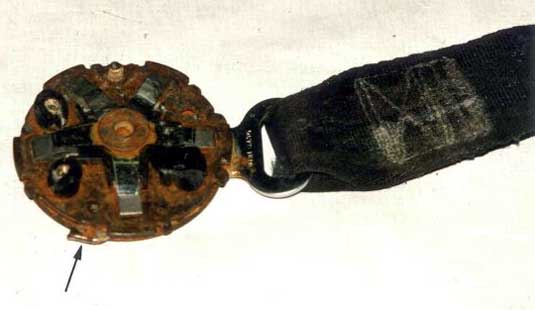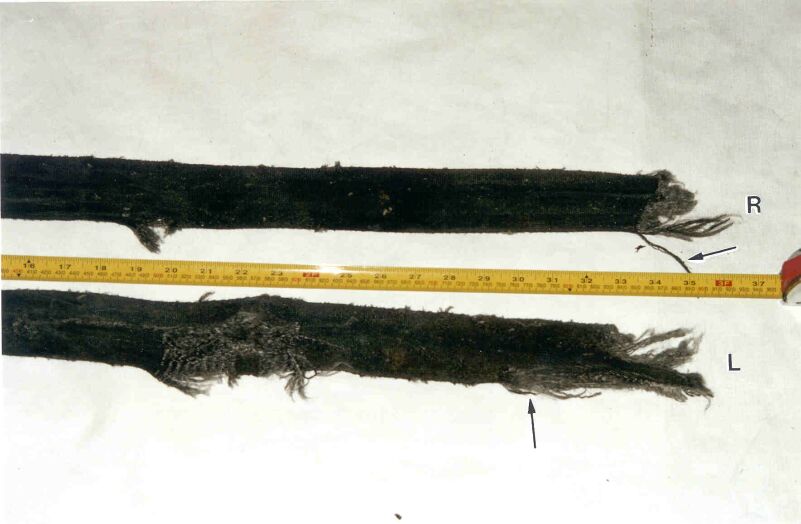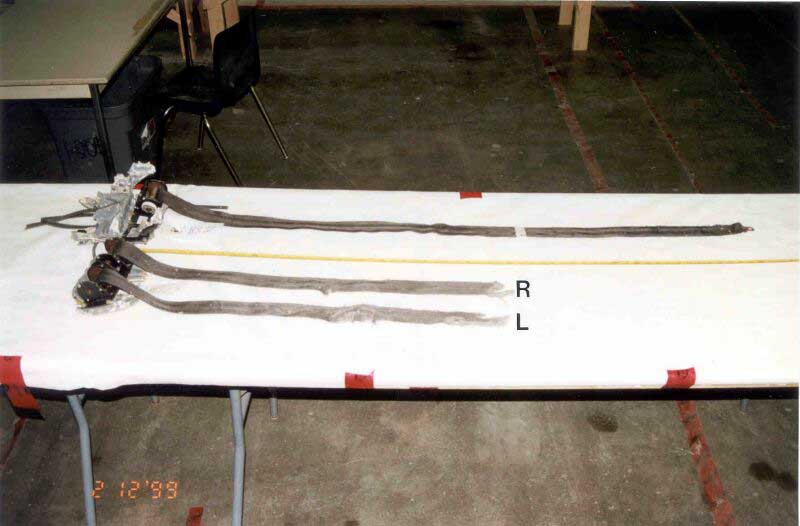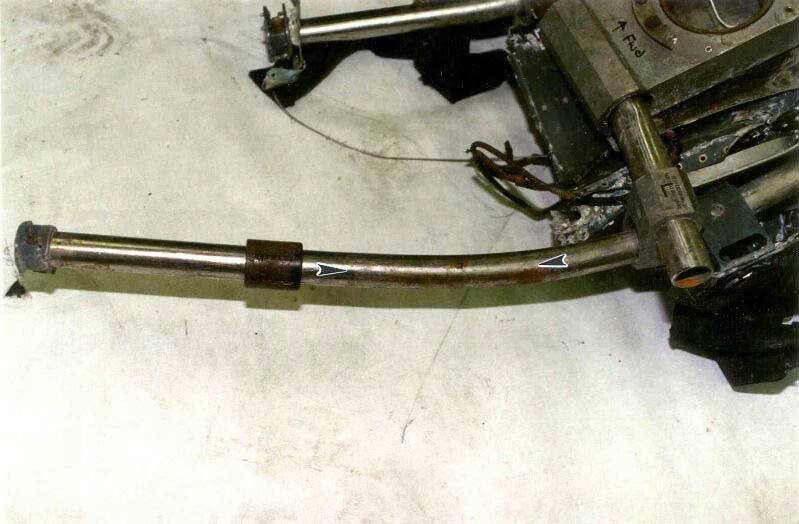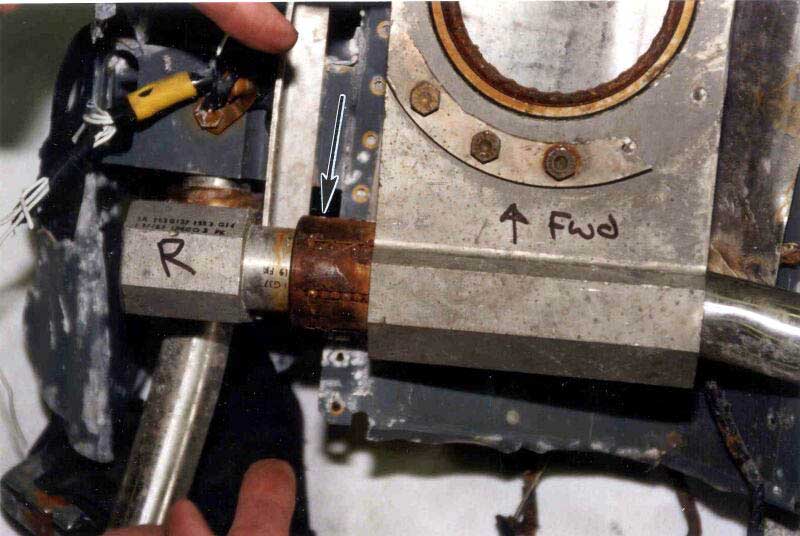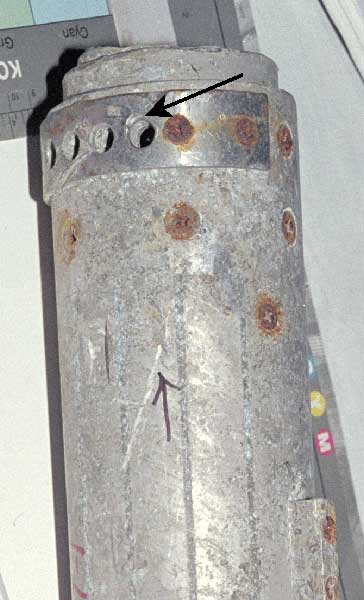Associated links (A98H0003)
-
Table of contents
Cockpit seats
Seats description
The captain's seat and the first officer's seat are constructed with mirror component parts, including the following mechanisms:
- Seat controls that appear on the right side of the captain's seat pan appear on the left side of the first officer's seat pan.
- The L-shaped track in the seat pan, which guides horizontal seat movement, is designed to move the captain's seat aft and then outboard to allow easier egress from the seat. The first officer's seat includes a duplicate mechanism on the opposite side.
- The vertical rack on the seat columns and their corresponding pinions, located in the seat base, are on opposite sides in the captain's and first officer's seats.
- The lap belt buckles are attached to outboard lap belts, on opposite sides of the captain's and first officer's seats.
All three cockpit seats share the same armrest model. The left and right armrests are differentiated by unique PNs.
The right observer's seat is designed to translate fore and aft and laterally, and to pivot so that it can face forward, outboard, or remain in any of four intermediate positions. For horizontal adjustment, the right observer's seat is manually operated, whereas the captain's seat and first officer's seat can be manually or electrically operated. For vertical adjustment, all three seats can be operated manually or electrically. The appearance of the right observer's seat pan horizontal position adjustment mechanism is significantly different from that of other seats. The seat pan of the right observer's seat is fixed to metal tubes that slide within the carrier to allow this horizontal travel. Bearings within the carrier allow the tubes to slide smoothly. The seat is designed so that it can pivot only when it is in the fully aft and left position.
Captain's seat
Captain's seat examination
The examination of the captain's seat did not include an examination of the seat cushions or coverings because they were not recovered.
Seat base
The captain's seat base was identified by the location of the seat vertical drive pinion, which is on the left hand side in the captain's seat base and on the right hand side in the first officer's seat base.
Seat column and carrier
The captain's seat column and carrier were identified by default since the first officer's seat column and carrier had already been identified. The U-shaped clamps, which attach the seat pan to the carrier, were deformed in a direction consistent with the seat having been forced away from right to left.
When the damage to the forward tube is aligned with the carrier, its position is consistent with the seat being near the left end of its allowable travel. The position of the rear tube is consistent with the seat being near the right end of its allowable travel. Gouge marks were, however, observed on the right end of the rear tube. When these gouge marks were aligned with the carrier, their position was consistent with the seat being near the left end of its allowable travel. A bearing had also popped out of the right side of the carrier.
Seat pan
The seat pan was recovered in several pieces. It was identified by PN 2A134-0299 on the L-shaped track, which is unique to the captain's seat. The seat pan was also identified by its unique shape, which is a mirror image of the first officer's seat. Unlike the first officer's seat, the captain's L-shaped track exhibited no significant gouge marks at the rear of the L-shaped track. The forward end of the L-shaped track, however, exhibited much greater damage than that of the first officer's seat; neither the gear teeth nor one side of the channel section were recovered. The single straight track was recovered. Unlike the first officer's seat, no vertical dent was exhibited.
Seat back
The captain's seat back was identified by default, since the seat backs of the other two cockpit seats had already been identified. Fracture surfaces were matched to reconstruct the seat back. All seat back components were recovered except for the lower right lumbar adjustment pulley. Although the upper pulley was fractured, a portion of it was recovered still attached to the surrounding structure.
The captain's seat armrest was identified by PN 1A134 0042EB, a right armrest. The right armrest was still attached to the surrounding metal structure. As the metal structure belonging to the other two seats was still attached to those seats, it was determined that the armrest could only belong to the captain's seat.
Captain's seat determination
Damage to the U-shaped clamps on the carrier is consistent with the seat having been forced from right to left. Gouging damage to the tubes that pass through the carrier is consistent with the seat being near the left end of its allowable travel at the time of impact. In addition, the popped out bearing from the right side of the carrier is consistent with impact forces forcing the seat from left to right. Since the seat could only have moved from left to right if it was originally on the left, it was determined that the seat was likely near the left end of its allowable travel at the time of impact.
The design of the captain's seat is such that travel to the left is only possible in the egress position. This position at the time of impact is confirmed by the absence of gouge marks to the interior of the aft end of the L-shaped track and the greater degree of damage to the forward end of the L-shaped track compared to the first officer's seat. Damage to the seat tracks and the position of the carrier on the column are also consistent with the seat being in the egress position at the time of impact.
The absence of bending in the straight racks in the captain's seat pan is consistent with the seat having been subjected to a comparatively lesser downward force than the first officer's seat. Although this may be a result of the absence of occupant mass, it may also be a result of the orientation of the break-up forces.
A determination could not be made regarding whether the seat was occupied at the time of impact.
Captain's seat belts examination
The right shoulder belt and inertia reel were not recovered. The left shoulder belt and inertia reel were still securely attached to the seat structure. There was no evidence of tensile overstress to the webbing, and no evidence of deformation to the metal end fitting.
The captain's negative g strap and right lap belt were identified by default since those from the first officer and right observer seats had already been identified. The captain's left lap belt was not recovered. Both belts had separated from the seat; part of the seat structure was still attached to the end of each belt. The webbing in both belts had not separated but exhibited some damage. The metal end fitting of the negative g strap was unbent. The metal end fitting of the right lap belt was also unbent, but was slightly twisted. The captain's seatbelt buckle was identified by default since those from the first officer and right observer seats had already been identified. The buckle was split open, and no belts were attached. The buckle's severe corrosion was attributed to its recovery from the sea over a year after the accident.
Captain's seat belts determination
The lack of damage to the single shoulder belt and to the metal end fitting at the end of the negative g strap, as well as the slight twisting only of the right lap belt is consistent with these belts not being fastened at the time of impact.
First Officer's seat
First Officer's seat examination
The examination of the first officer's seat did not include an examination of the seat cushions or coverings.
Seat base
The first officer's seat base was identified by default since the captain's seat base had already been identified. The first officer's seat base was more severely broken apart than the captain's seat base.
Seat column and carrier
The first officer's seat column and carrier were recovered still attached, and were identified as part of the first officer's seat by the column PN 1A134-0474 (vs. 1A134-0473 on the captain's seat column). The U-shaped clamps were bent and fractured from right to left. The carrier position was consistent with the first officer's seat being near the left-most extent of its lateral travel. There were no gouge marks on the tubes. In addition, two bearings had popped out from the right side of the carrier.
Seat pan
The seat pan was recovered in several pieces; only fragments were recovered. These items were identified by their unique orientation, as they are mirror images of the same components in the captain's seat.
There were significant gouge marks near the end of the long leg of the L-shaped track. These gouge marks are approximately aligned with where the pinion from the horizontal drive assembly would be with the seat in the forward position. There were no similar gouge marks at the forward end of the L-shaped track where the pinion from the horizontal drive assembly would be with the seat in the egress position. A length of the gear-toothed rack had broken away, but the channel section was undamaged.
Vertical bends in the straight gear racks of the seat pan are aligned with the cross tubes in the carrier. When the seat pan position was aligned with this damage, the damage to the L-track aligned with the horizontal drive pinion.
Seat back
The first officer's seat back was recovered in several pieces. Fracture surfaces were matched to reconstruct the seat back. The first officer's seat back was identified by PN 0A134-0027A ISS3 H27/172237. The first part of the PN, 0A134-0027A, identifies the part as a seat back, common to both the captain and first officer seats. The second part of the PN, 172237, is the SN of the seat back unit, identified by the seat manufacturer (IPECO) as part of seat serial 18169. Swissair records confirmed that the first officer's seat was part of serial 18169. All four lumbar adjustment pulleys were recovered intact and attached to their surrounding structure.
First Officer's seat determination
The position of the carrier on the column is consistent with the seat being at near full left travel at the time of impact. There were no gouges on the tubes to suggest that the seat had been driven from right to left by impact forces. The two popped out bearings from the right side of the carrier are consistent with impact forces forcing the seat from left to right. Since the seat could only have moved from left to right if it was originally on the left, it was determined that the seat was likely at full left travel at the time of impact. Damage to the U-shaped clamps on the carrier is consistent with the seat having been forced from right to left.
Damage to the interior of the L-shaped track on the seat pan is consistent with damage caused by contact with the horizontal drive pinion during impact. The location of the damage is consistent with the seat being in the forward position at the time of impact. The design of the first officer's seat is such that full left travel is only possible if the seat is in the forward position.
The vertical bend in each of the straight tracks on the seat pan is consistent with a downward force pushing the track onto the horizontal support tubes in the rear carrier. It was determined that the first officer's seat had been broken away by a force with a significant vector component acting from right to left. It was also determined that the first officer's seat had also been subjected to a vector component that pushed the seat downwards.
First Officer's seat belts examination
The first officer's left lap belt was identified by PN 2A134-0968A on the seat structure attached to the belt.
The anchor fitting was still firmly attached to the seat pan structure. Damage to the webbing was limited to a small tear. The metal end fitting that fits into the buckle was bent.
The right lap belt was identified by the unique appearance of the buckle with respect to the seat attachment fitting; the buckle is always attached to the outboard lap belt and is a mirror image of the captain's belt. The anchor fitting had torn from the seat pan structure. Damage to the webbing was limited to a small tear. The metal end fitting that fits into the buckle was bent. The end of the metal end fitting of the negative g strap was fractured and trapped in the buckle.
Both shoulder belts and the inertia reel were still attached to the seat structure. Unlike the captain's shoulder belt, the first officer's shoulder belts exhibited webbing fractures. The location of the fractures is approximately consistent with the shoulder location of a typical occupant. The melting damage to the exterior fibres at the fractured ends of the shoulder belts was spread over a long, thin region, and did not have the same concentrated circular appearance as the dripping melting damage to the right observer's lap belt.
First Officer's seat belts determination
The small tears in the webbing of the left and right lap belts is consistent with them having been in contact with torn metal.
The fractured webbing on the left and right shoulder belts is consistent with damage resulting from an overload failure. The cause of the melting damage to the fractured ends of the shoulder belts could not be determined. This damage, however, is consistent with exposure to heat generated during rapid movement. The tearing of the strap is consistent with exposure to high tensile stress during an almost instant deceleration.
The bent metal fittings of the lap belts and the fractured metal fitting of the negative g strap are consistent with the seat having been occupied, with all five belts fastened, at the time of impact.
Right Observer's seat
Right Observer's seat examination
The examination of the right observer's seat did not include an examination of the seat cushions or coverings.
Seat pan
The right observer's seat pan was recovered generally intact, and was identified by its unique appearance. The position of the right tube with respect to the seat pan was consistent with the seat being at the aft end of its travel. There were no gouge marks on the surface of the right rear lateral tube. The position of the left tube with respect to the seat pan was consistent with the seat being well beyond the aft end of its allowable travel. The surface of the left tube exhibited gouge marks at locations consistent with the location of the bearings along the tube when the seat is at the aft end of its travel.
The position of the lateral tubes with respect to the seat pan was consistent with the seat being near the left end of its travel. The right rear lateral bearing had popped out of the carrier. There were gouge marks on the right forward lateral tube. No gouge marks were exhibited on the right rear lateral tube.
There was a significant gouge mark in the rightmost locking hole of the lock ring at the top of the seat column, which could only have been made with the locking pin in this hole. The position of the gouge mark is consistent with the seat facing forward at the time of impact.
The right observer's seat was recovered in the fully aft and left position.
Seat back
The right observer's seat back was recovered in several pieces. Fracture surfaces were matched to reconstruct the seat back. This seat back was identified by default since the captain's seat and first officer's seat do not have the two metal reinforcing straps found on the right observer's seat. The inertia reel unit, including the shoulder belt, was not recovered. The three lumbar adjustment pulleys were still attached at the lower end of the seat back. The single lumbar adjustment pulley was fractured at the upper end of the seat back; only part of its mounting bracket was recovered, still attached to the seat back structure.
Right Observer's seat determination
The position of the seat pan along the fore and aft sliding tubes corresponded to the seat being in the fully aft position. If the seat had originally been in any other position prior to impact and had been subsequently forced to this fully aft position, the forcing of the tubes through the bearings in the carrier from their original position to their final position would have created notable gouge marks. The only gouge marks on the tubes were identified at locations consistent with where the tubes pass through the carrier when the seat is fully aft. The damage is therefore consistent with the seat being in its most aft position at the time of impact.
The position of the seat pan along the sliding tubes corresponded to the seat being almost fully left. If the seat had originally been in any other position prior to impact and had been subsequently forced to this almost fully left position, the forcing of the tubes through the bearings in the carrier from their original position to their final position would have created notable gouge marks. No such gouges were observed. The popped out bearing is consistent with the seat being forced from left to right. The seat could not have been forced from left to right unless it was originally on the left. The damage pattern on the two lateral tubes is consistent with the seat being in its most left position at the time of impact.
It was determined that the right observer's seat was in the fully aft and fully left position and was facing forward at the time of impact. In this position, the seat could have pivoted in any of its six allowable positions.
Right Observer's seat belts examination
The two lap belts and the negative g strap were still attached to the seat but were not fastened. All three belts were firmly attached to the seat pan structure at their anchor points, with no evidence of overstress damage at any of these points. None of the metal fittings on the belts exhibited any plastic deformation or bending. The webbing on all three belts was heavily stained, but exhibited no indications that they had been subjected to a high tensile stress. The right lap belt exhibited some puncture damage to the webbing. The left lap belt also exhibited some melting damage, approximately 0.75 inches in diameter, concentrated in a discrete circular pattern.
Right Observer's seat belts determination
The puncture damage to the webbing of the right lap belt is consistent with the webbing having been in contact with sharp metal. The cause of the melting damage to the left lap belt was not determined. The absence of overload stress damage to the lap belts is consistent with the lap belts not being fastened at the time of impact.
There was insufficient evidence to prove whether the seat was occupied at the time of impact.
